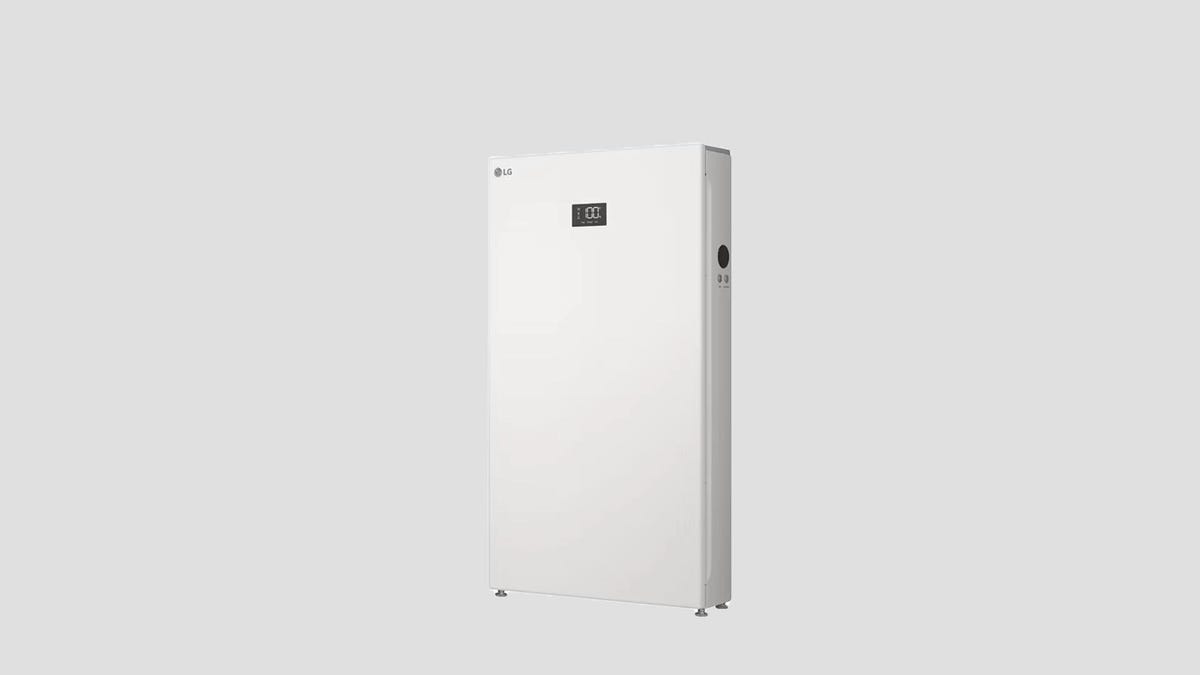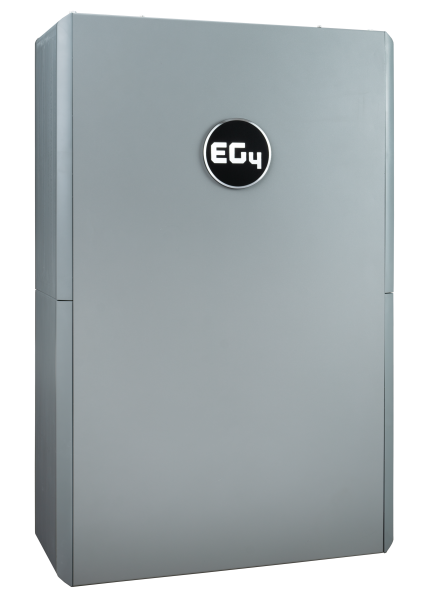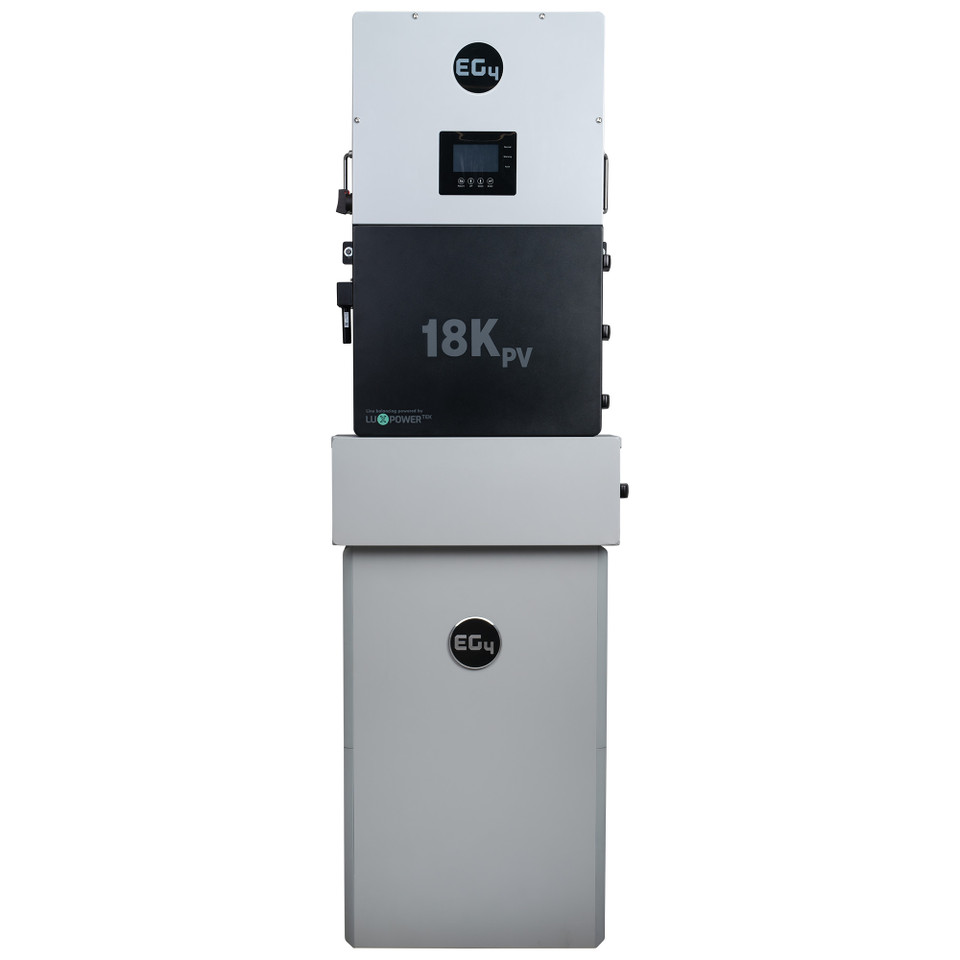Yes, this is the correct way to do it. But those inverters start at $3k and go up from there
Do you know of any?
Would a Ecoflow smart panel work?
Yes, this is the correct way to do it. But those inverters start at $3k and go up from there


I think the sunny island would not be a lot more expensive but would have a lot more flexibilityThese should do it.
Sunny Island is 120V, so you either need two for 120/240V, or one and an auto-transformer.
msrp is around $5750, retail street price $4750, but there are liquidation bargains due to DC Solar bankruptcy, also used ones.

SMA Sunny Island SI 5048U 5kW Inverter 60 Hz | eBay
Find many great new & used options and get the best deals for SMA Sunny Island SI 5048U 5kW Inverter 60 Hz at the best online prices at eBay! Free shipping for many products!www.ebay.com

SMA Sunny Island SI 5048U 5kW Inverter 60 Hz | eBay
<p>SMA Sunny Island SI 5048U 5kW Inverter 60 Hz. </p><br /><p>Used but works well.</p><br /><p>Warehouse overstock.</p>www.ebay.com
But your cheapest option would be to buy a low-cost AIO ($500 to $1500) and rewire PV panels in series to feed them.
AC coupling is not cheap.Anyone know of an easy cheap solution?
The power outage could last only a few hours, but I want to be prepared for at least a few days of the grid being down. But I'm working on a very tight budget so I am not going to pay for something like a Powerwall.
The cheapest option as far as I can tell to have several days of grid backup is a generator with sufficient fuel on hand to last for whatever duration you need, with propane being easiest to store for long periods without spoiling.My generator will last only a day or two before the propane runs out and it wouldn't be enough to charge the EV anyway, so my only option is to figure out a way to keep the solar panels working during an outage. It doesn't seem like there's any new easy ways to do it, but maybe there is that I'm missing?
What about the cost of required batteries?
Sunny Island is supposed to get minimum 100 Ah 48V lead-acid or 50 Ah lithium.
Quality AGM would be $1500 for 100 Ah. FLA golf cart batteries could be a cheaper option.
It would work with four automotive starting batteries from the junkyard, but of course those wouldn't give much cycle life. Should be OK if shut off when the sun goes down.
There are 100 Ah server rack batteries from $1200, but you're on your own getting them to work well with inverters.
No, this is for sure the cheapest way materials wise. Take a look at 6000XP + a server rack battery + wiring.Can't do that, would cost too much
Read the fine print. Unless you have one I’m not familiar with, it only has the ability to do that when on grid. Whole different ballgame when it needs to be fully balanced system without the grid for overflowI would also like to add that my EV charger has the capability to adjust the charge based on solar production, so I probably can get by with just a small battery backup. But I would still need an AC coupled inverter that can do frequency shifting
I was going by what the OP asked for - something to get by for a few days without grid power and be able to get some charge into an EV but with a very limited budget.Generator is cheaper but a fair comparison in terms of user experience
I missed the part about charging an EV. Probably because I got distracted by the unrealistic AC coupling expectations.
EV charging is fine with a generator, no need for IP65 one, since you can configure the EVSE at optimal efficiency curve.
But. The EV can move. Just drive to a charging station. And with high probability the SoC on the EV is probably pretty usable.
Rereading OP I see this is a search for SHTF solution on the cheap so that won’t work.
That makes more sense. My back hurts just thinking about lifting and moving that much AGM batteries.As for battery, SMA recommends 100 Ah per 1kW of AC coupled PV, so they're recommending 1100 Ah.
That makes more sense.
My back hurts just thinking about lifting and moving that much AGM batteries.







